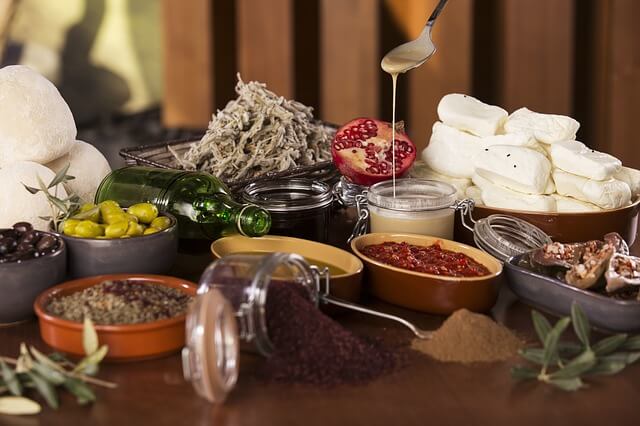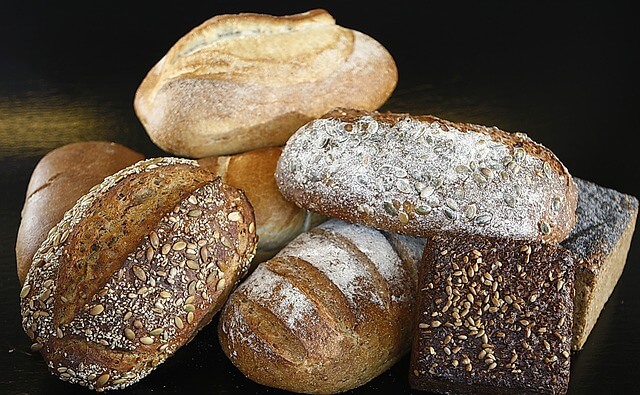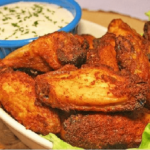Good Food or Bad Food? How to eat?
The choice of good food or bad food, its production and presentation, has over the centuries been part of the fabric of life for individuals, tribes and nations. Its provision of physiological needs has been more or less fortuitous in that man used the animals and plants of his environment. He learned to enjoy the combination of foods most suited to his well-being and later increased his security when he discovered how to domesticate and cultivate his most valuable food sources.
With the increase over the last few years of general discussion on food, nutrition
health foods, vitamins, food additives, pre-packaged foods, and debates, often emotional, by proponents and opponents of “health foods” in the media, it is no wonder many of us feel confused about what we should or should not eat.
The best solution for the layperson appears to be to steer a middle course, not becoming fanatical about any particular diet of food “fad” but enjoying the best of everything. Common sense and a little knowledge of nutrition and the body should suggest to us all that for the human “machine” to function properly, it needs sufficient energy supplies, and to reach the optimum level of health, it needs the right amounts and variety of fuel for energy, maintenance and cell repair, apart from satisfying taste, smell and touch.
How to choose good food or bad food
Brown breads, for example, are becoming popular. Apart from the extra flavour of rye, wheat or sesame, a comparison by eating brown and white breads reveals that the brown, whole grain breads are more filling and satisfying than the light “fluffy” white breads.
Studying societies where eating habits have not been altered by Western influence, frequently shows a lean, but healthy people, who have perhaps for centuries, been following old customs or instincts and satisfying their food needs with a variety of well-balanced foods accessible in their local environment: fish and meat supplying protein and minerals; roots providing carbohydrates and roughage; berries, nuts, fruits and grains providing vitamins, minerals, carbohydrates and vegetable protein.
“Primitive” cooking methods generally seem to have caused a minimum loss of food value. One can find examples of this among the Australian Aborigines, who did not suffer the scourges of high infant mortality, scurvy, gastroenteritis, ear and respiratory infections when they lived in harmony with, and ate from their environment, and among Maoris and Pacific Islanders, and the people of Asia and Africa.
“Health foods” have often been ignored because of the impression that they lacked flavour, variety and general attractiveness, and because of lack of knowledge about their preparation. One can easily learn to incorporate “health” foods into the menu with a minimum of disruption to favourite dishes, or an increase in expense.
By careful buying, students and those on low incomes can save money living on a healthful cardiac diet, because healthy food satisfies the appetite, and does away with the need for expensive, packaged, canned or pre-cooked foods, where much of the cost goes into containers and advertising.
Brown, wholemeal flour can be substituted for white flour, and can be used wherever white flour is used; cakes, sauces and biscuits are no “heavier” with wholemeal flour, and stretch further. Brown rice can be substituted for white rice, although it does need a little more cooking; it is delicious added to casseroles and in pilafs with other ingredients.
A handful of sunflower seeds, nuts and raisins is a satisfying substitute for a packet of chips or a chocolate bar. With the tremendous variety of fruits and vegetables available year-round, there is no excuse for not having plenty of cheap raw salads and fruit, and well-cooked vegetables.
And we can learn a lot about different uses of the same old ingredients, and cheap, tasty menus, by sampling the food of the different nationalities. Back home in Asia or the Mediterranean, the women often had to prepare meals for large families engaged in physical labour, with little or no cash available for shopping from month to month.
Mediterranean women used soy, barley, lentils and rice as nutritious and filling bases, providing carbohydrates and vegetable protein, and added plenty of vegetables and whatever meat was available. They ate a great variety of salads, sometimes comprising nuts and seeds as well as our traditional ingredients, and used a lot of local fruits. Huge loaves of wholegrained, unprocessed, “village” breads played their part in tiding people over the lean periods
Healthy food can be enjoyed without becoming a “fanatic”!
https://allblogroll.com/good-food-or-bad-food/https://allblogroll.com/wp-content/uploads/2016/09/fish-1580859_640-1.jpghttps://allblogroll.com/wp-content/uploads/2016/09/fish-1580859_640-1-150x150.jpgHealthEat and cooking,Healthly,healthy eatingThe choice of good food or bad food, its production and presentation, has over the centuries been part of the fabric of life for individuals, tribes and nations. Its provision of physiological needs has been more or less fortuitous in that man used the animals and plants of his...Anatoliy SimeonovAnatoliy Simeonovanatoliy.simeonov@gmail.comAdministratorAll blogroll - The informative website






Leave a Reply